Have you ever wondered what makes food you eat the color that it is?
Yes, you probably understand that skittles, cookies with colorful frosting, and many other examples have food coloring, but have you ever researched food dyes? Did you know that some cookie dough, marshmallows, and certain bran cereals have food dyes?
But Why? One article says “They add the artificial colors so it’s more visually stimulating and the more likely you’ll be to buy it”
These food dyes, Red 40, Blue 1, Yellow 5 found in certain Mac & Cheeses, and many other colors are found in TONS of foods and these same dyes also know as synthetic chemicals can cause ADHD, hyperactivity and learning problems among other problems and even some people can be sensitive to them.
The Center for Science & Public Interests released a 50 page ebook about the “rainbow of risks” where it discussed the harmful risks these food dyes can have on you. This article will also give you some helpful information.
Our family usually cuts out on these food dyes as much as possible, occasionally, we have something with them in the food because we aren’t “perfect.” As Easter approaches I have been searching for natural food dyes for dying eggs with the kids.
Last year, I searched google and found you can use certain foods to make your own natural dyes. I used onion skins, blueberries and spinach. It does take a lot longer than the kits but it’s fun & also a learning experience to show kids how you can take things from nature and make colors with them.
 For more info on where to order online, click here |
An article from ehow states, “Artificial food coloring is made from things such as tar derivatives, petrochemicals and hydrocarbons; these ingredients not only have no nutritional value or benefit to your health, they have been the focus of several studies by concerned medical professionals. The result of some of the studies done by scientists has revealed that artificial food coloring may be linked to many health and behavioral problems.” And this is why we want to be more aware of the choices our family makes and what we put into our bodies.
“Or do you not know that your body is a temple of the Holy Spirit within you, whom you have from God? You are not your own, for you were bought with a price. So glorify God in your body.” 1 Corinthians 6:19-20


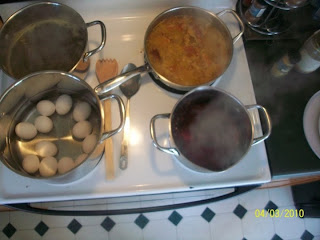
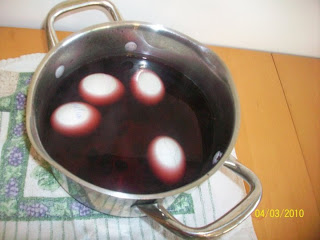

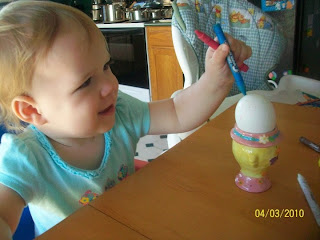


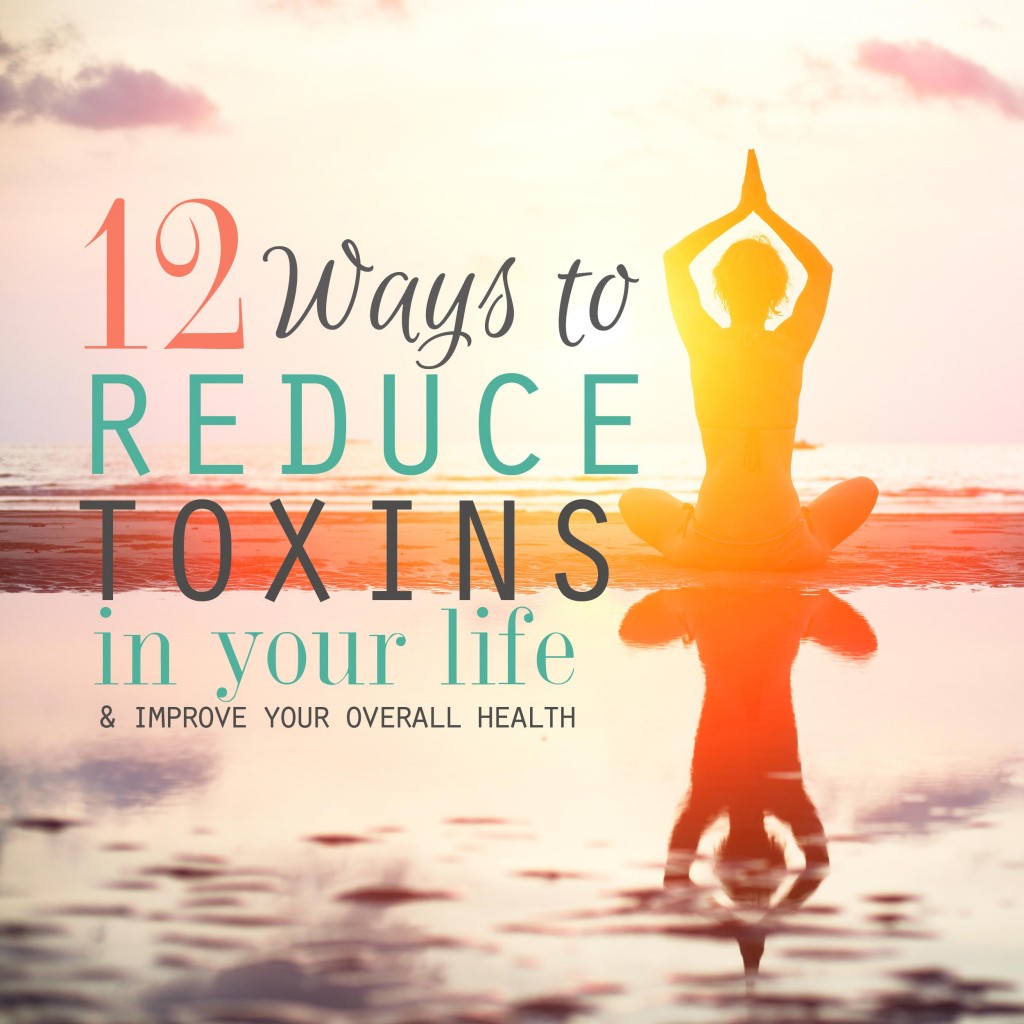
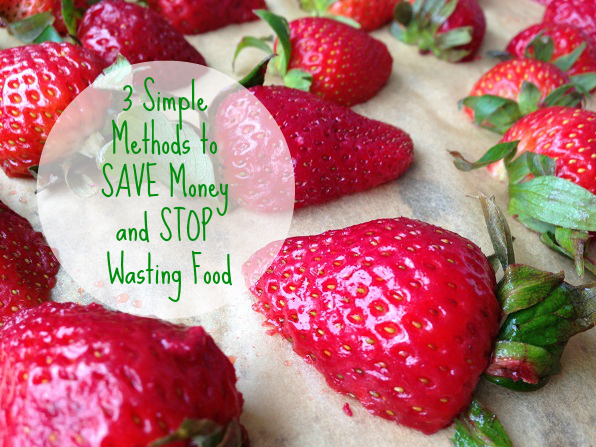
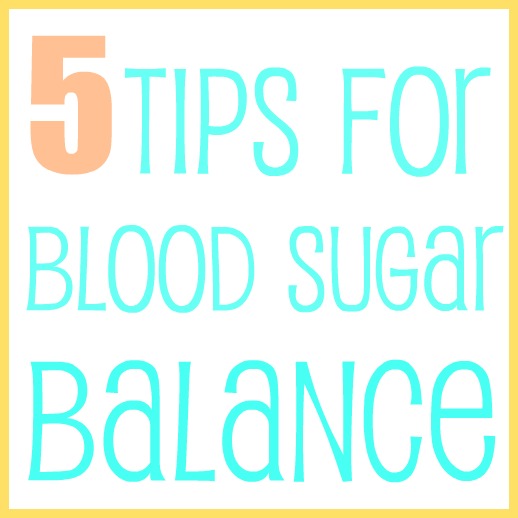
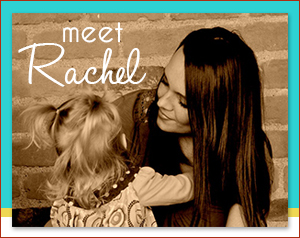

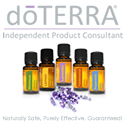


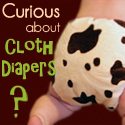



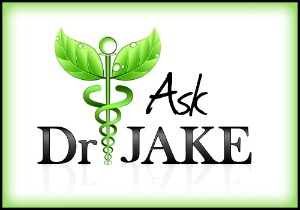


We have used powdered beets for pink food coloring – or even beet juice works well, too. You can also find sprinkles that are colored with natural dyes.
You can also find sprinkles that are colored with natural dyes.
Great post about food coloring. We colored our Easter eggs with natural homemade dye last year..
Thanks for the reminder! Never thought to look at cereals, one of the few processed items we eat. Uggh.
I wonder if reducing the veg based dyes by half or more would help deeper color transfer to the eggs?